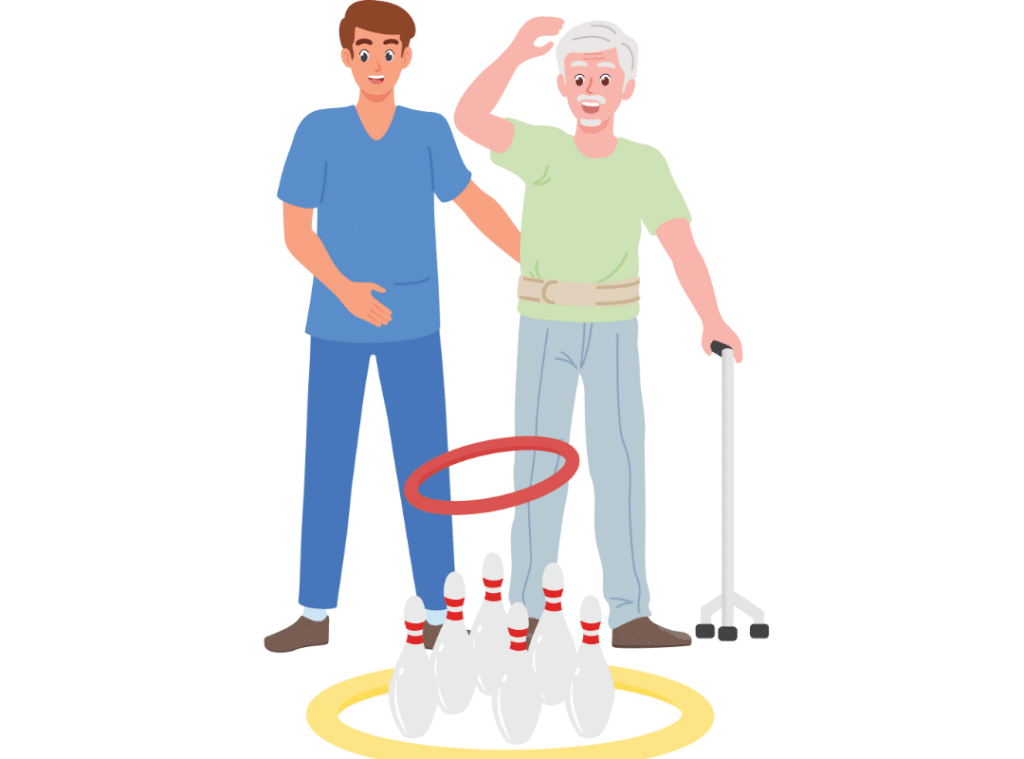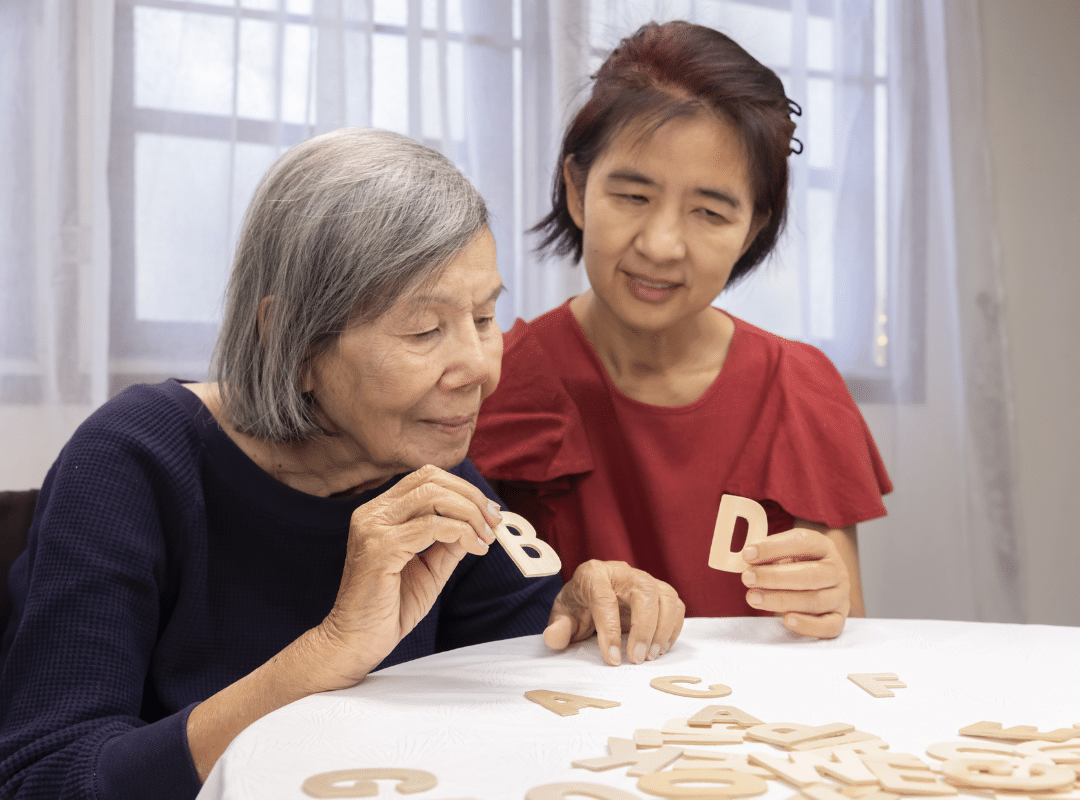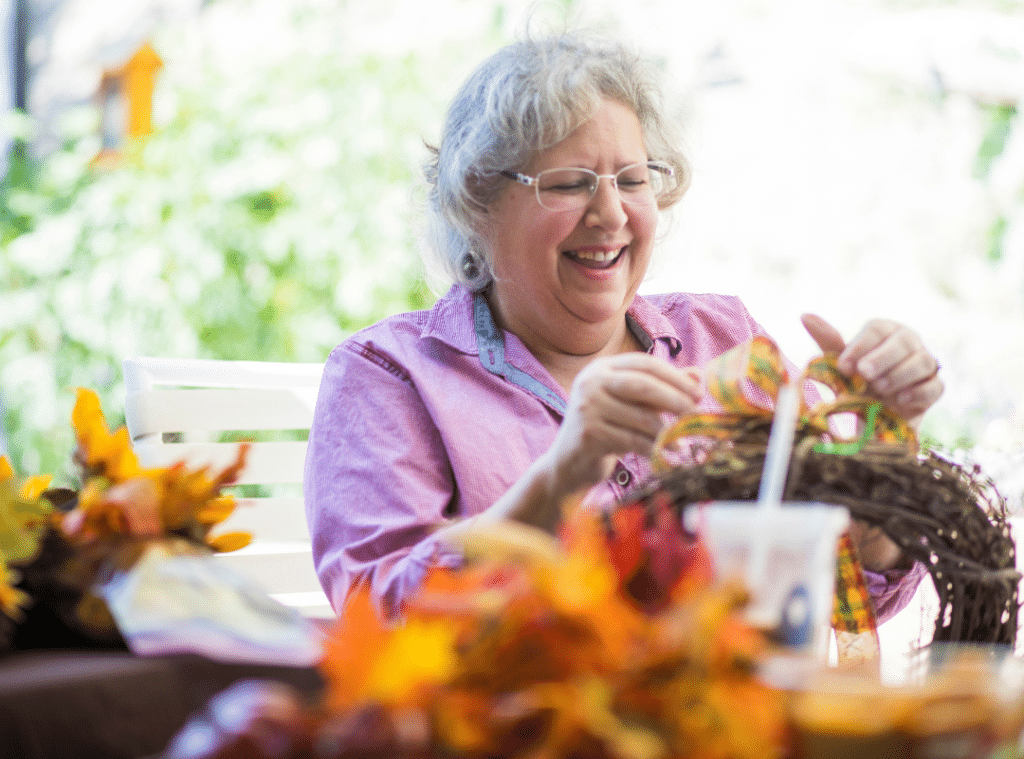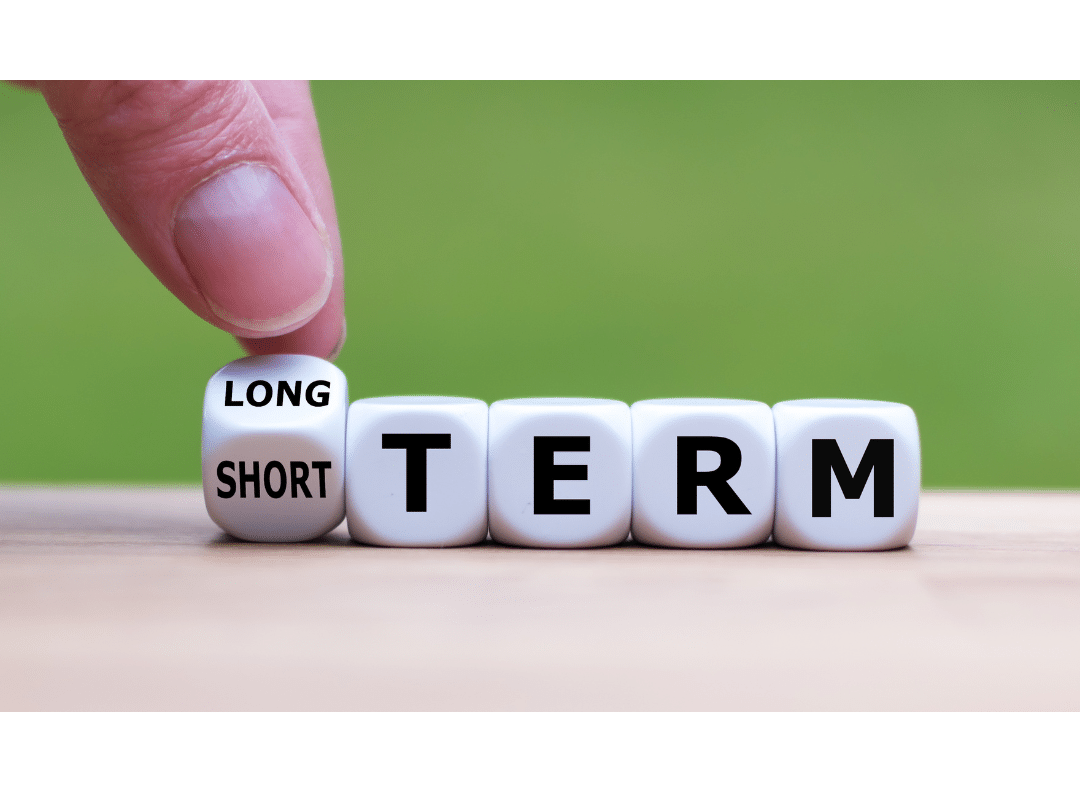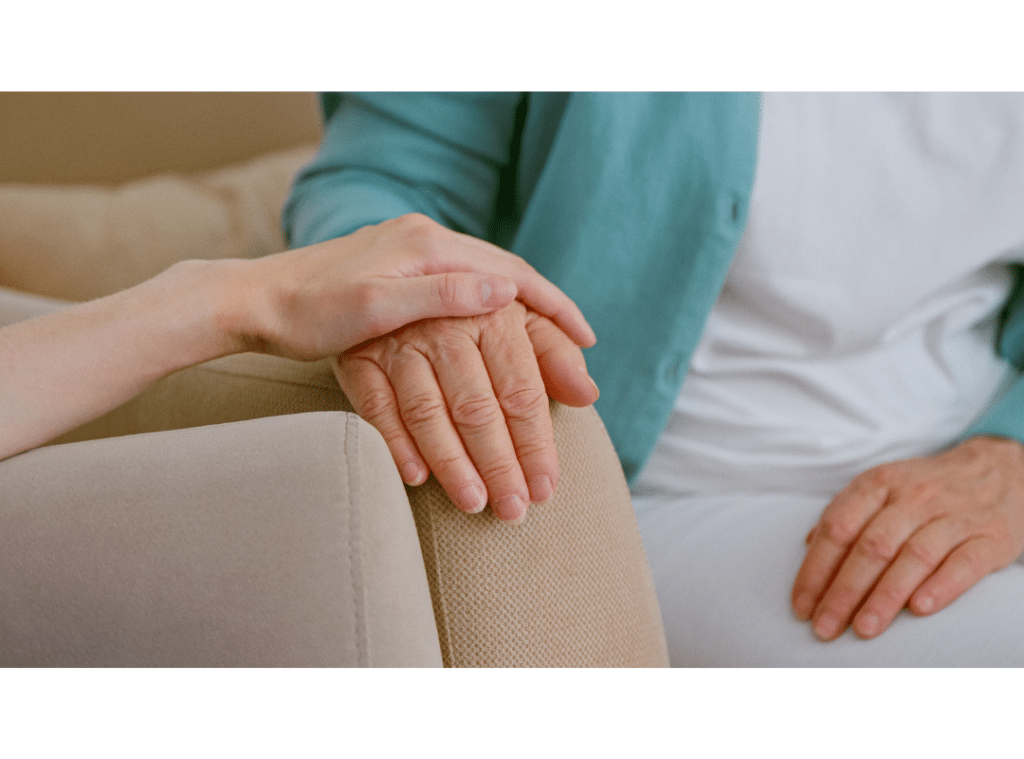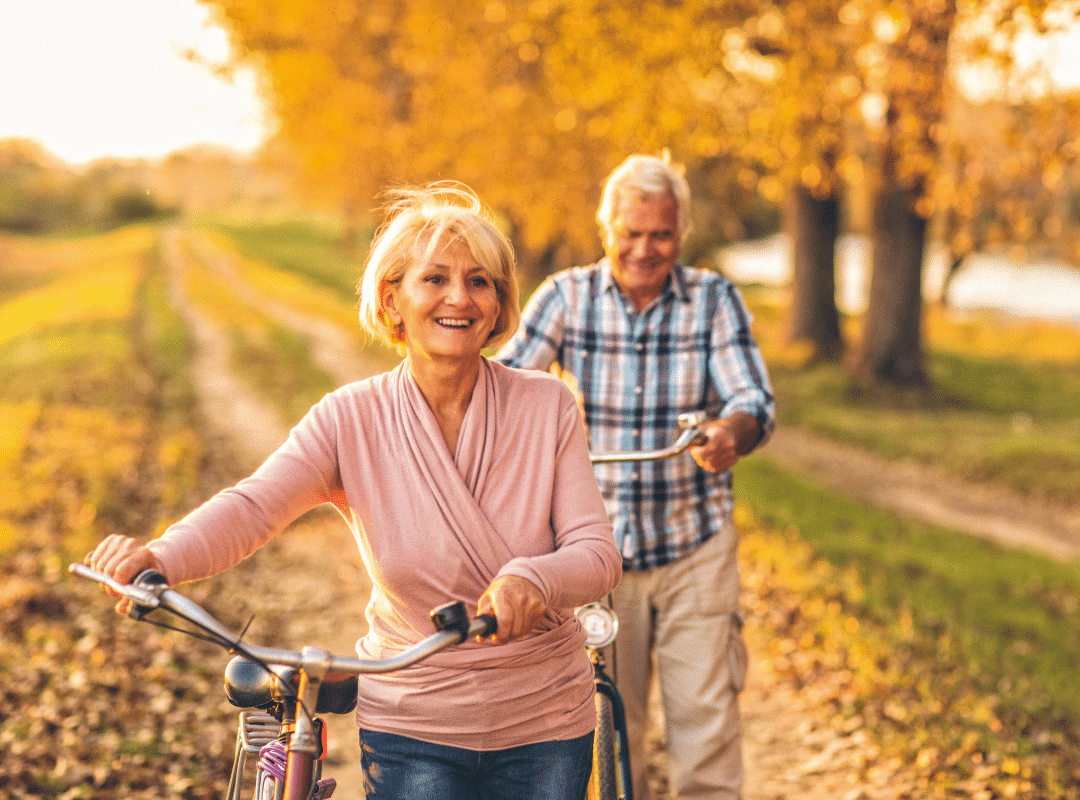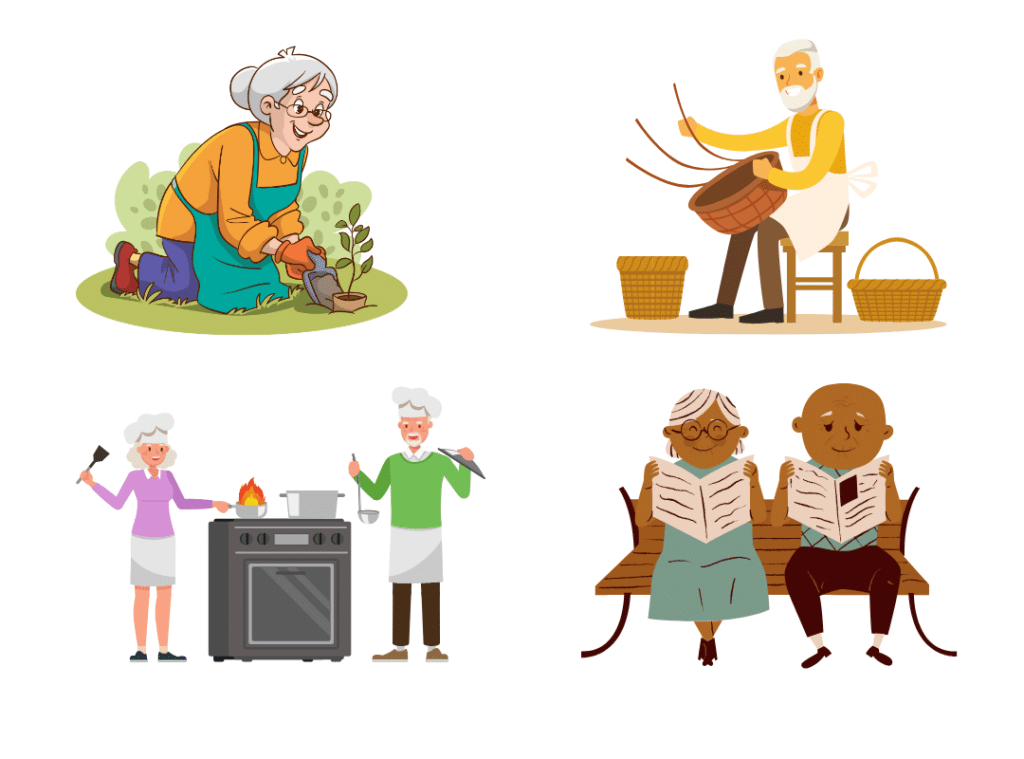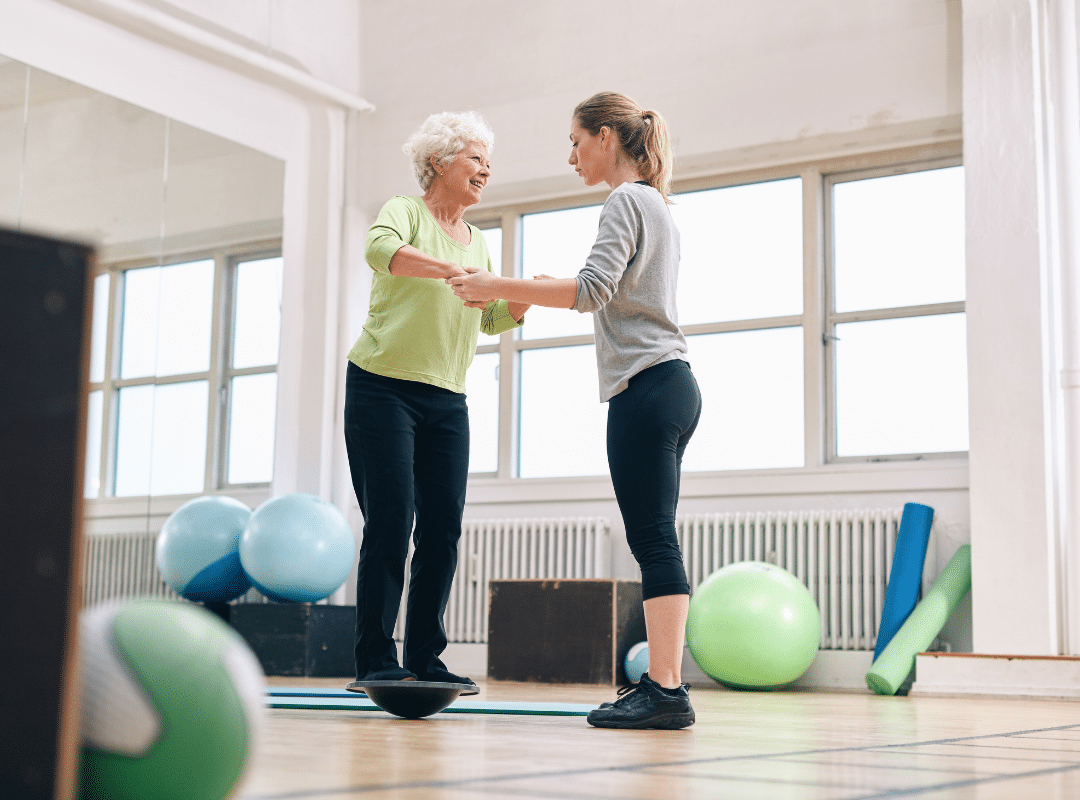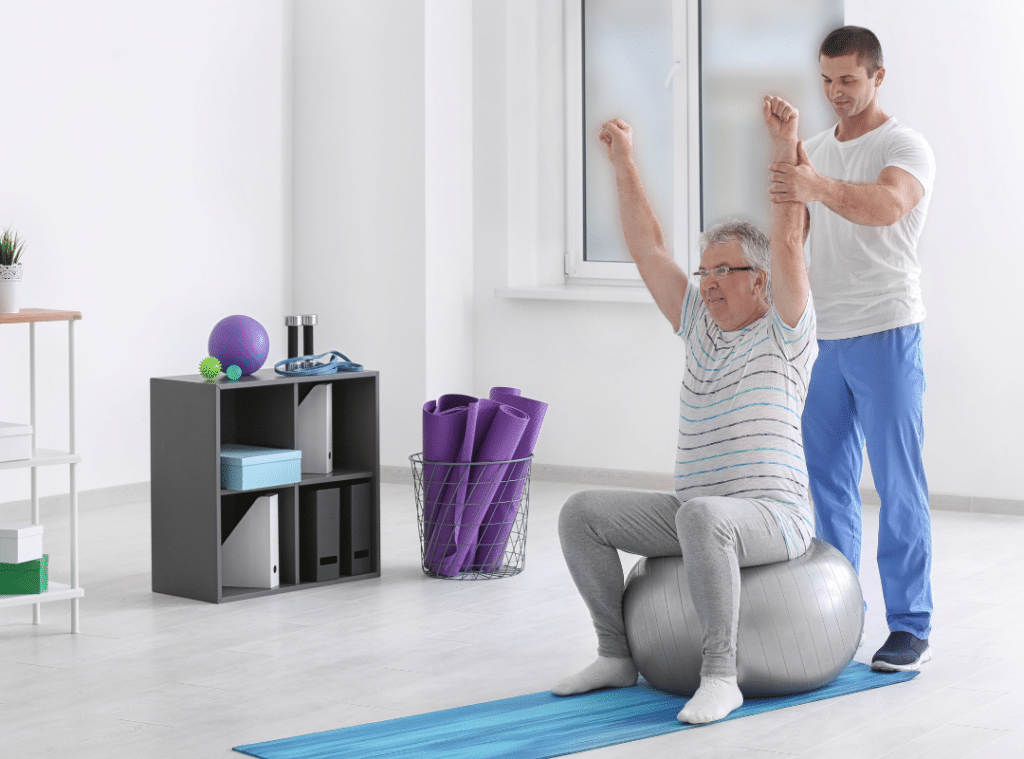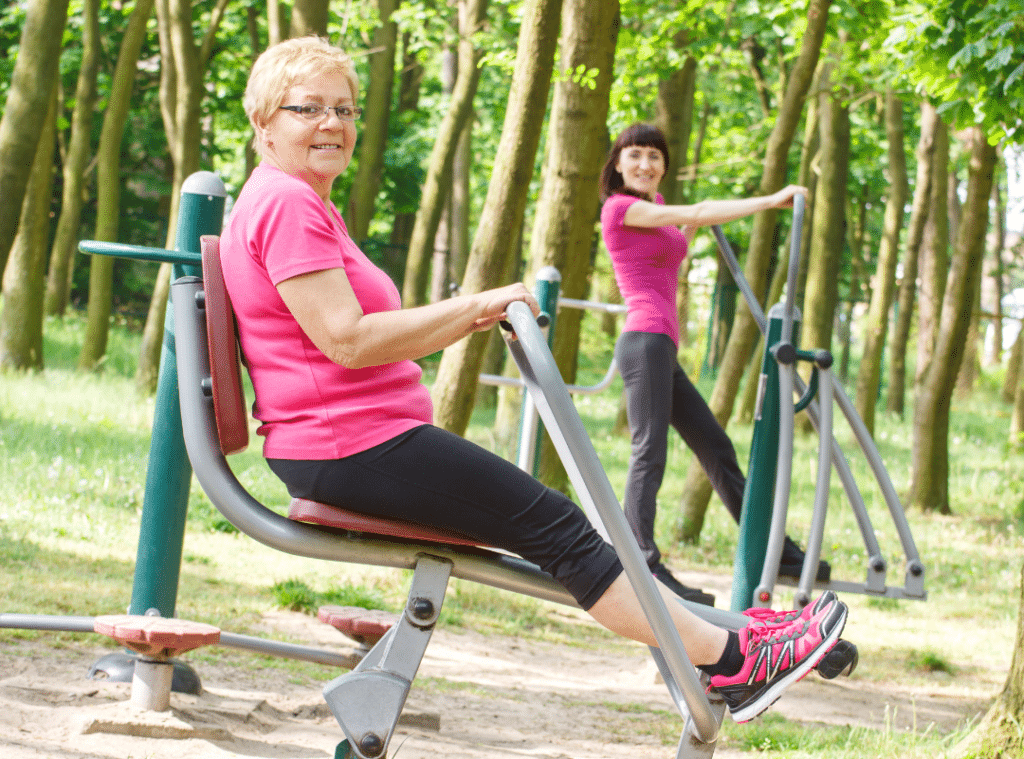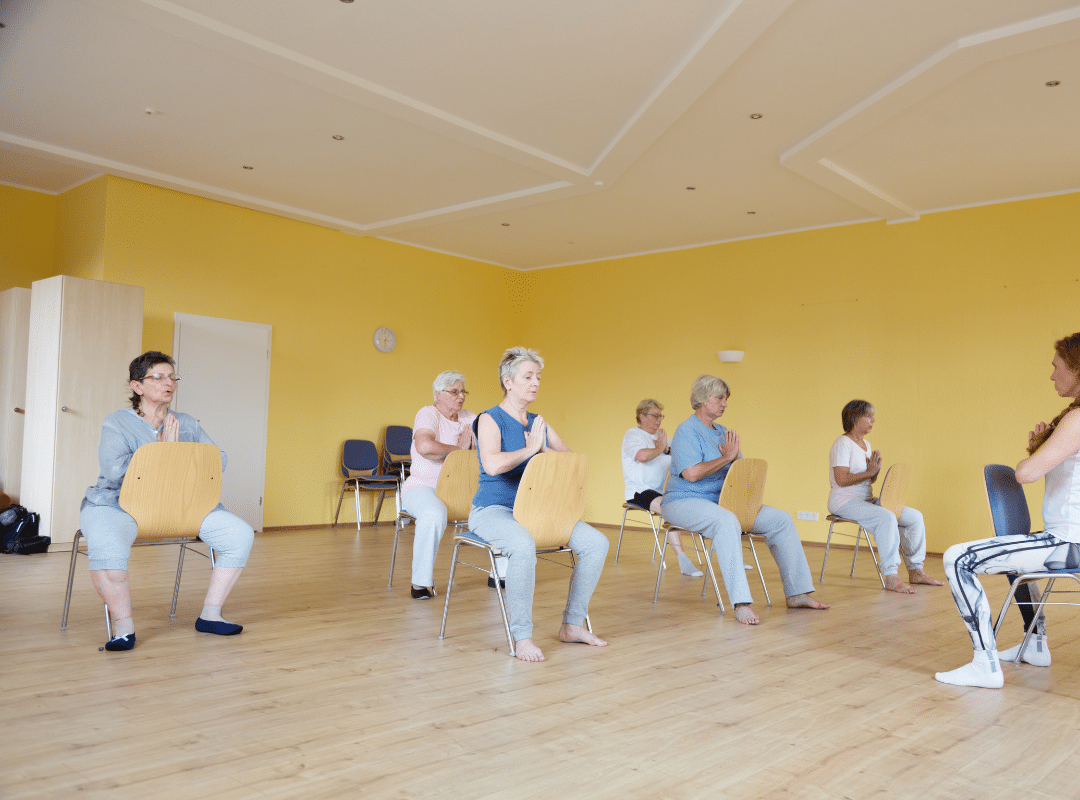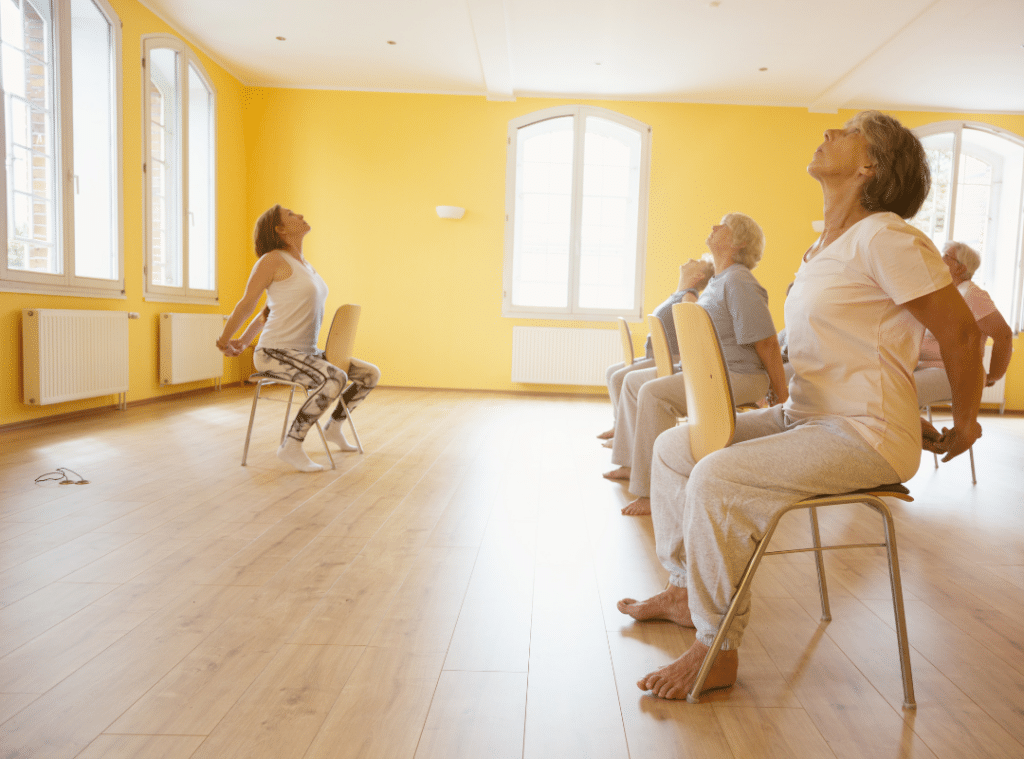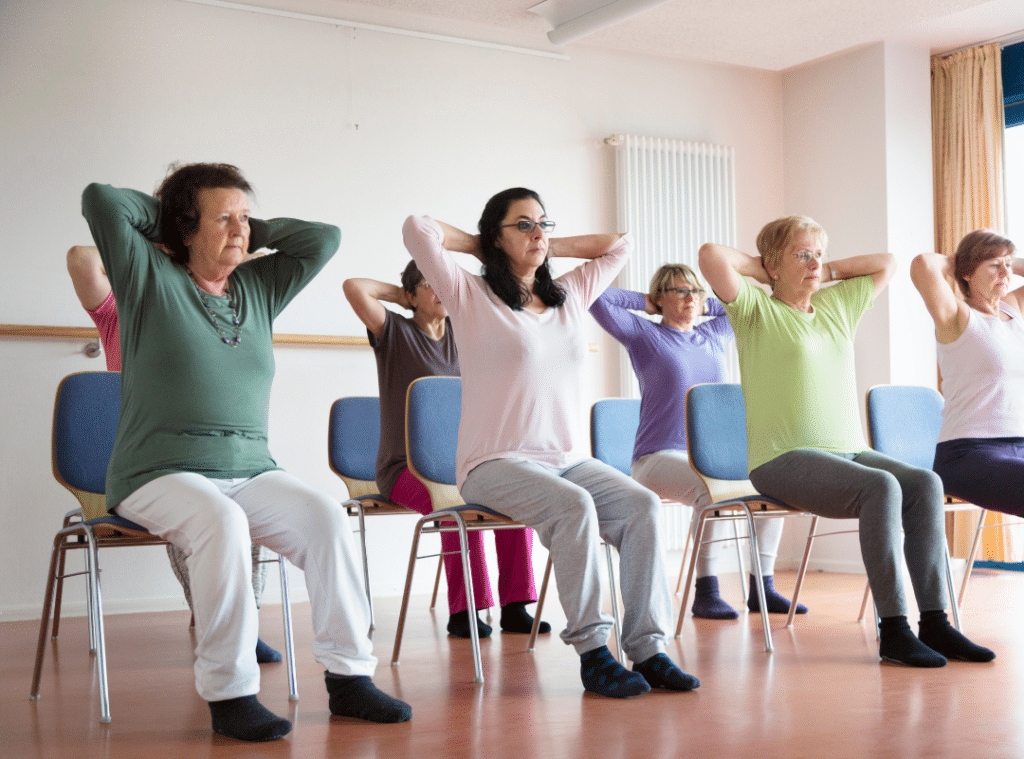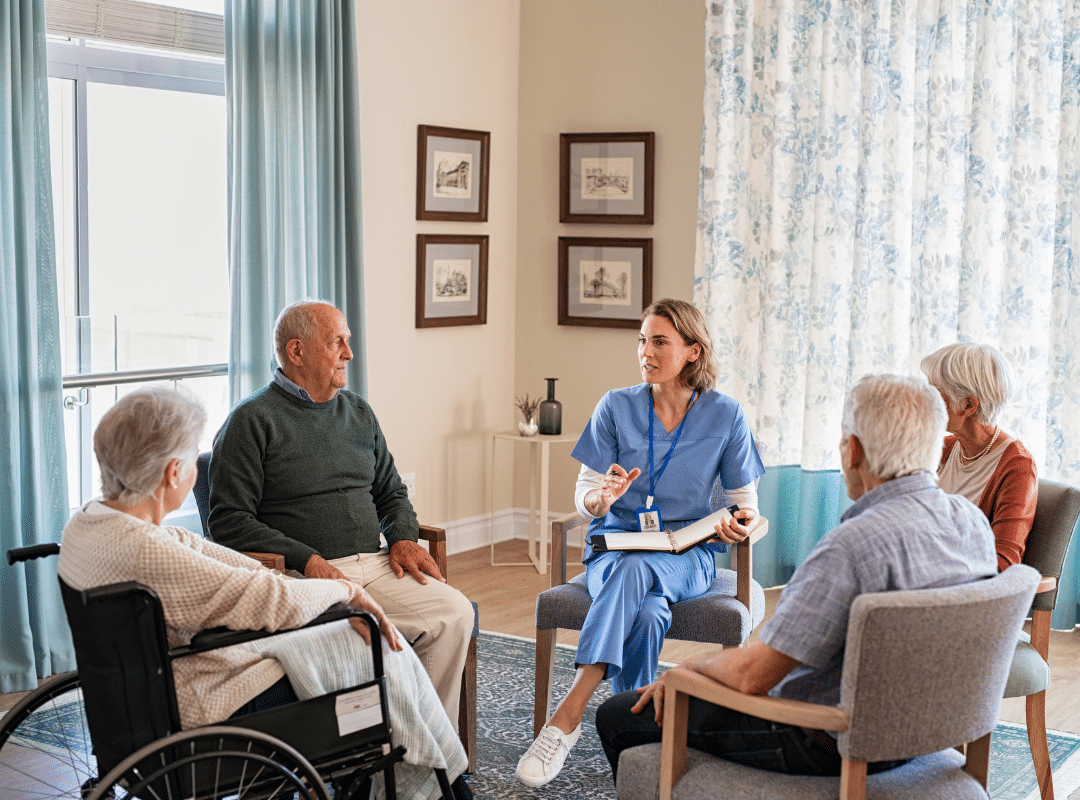Live Well in an Independent Living Retirement Community
Living well at Westmont of Riverside in an independent living retirement community means embracing a lifestyle that prioritizes your autonomy while offering the support you might need. You’ll find diverse housing options and amenities to enhance your daily life, from maintenance-free living to engaging social activities. As you explore opportunities for connection and personal growth at Westmont of Riverside, you might wonder how this environment can truly transform your retirement experience. What aspects of community life could resonate most with your values and interests?
Independent living retirement community
Exploring independent living retirement communities can open up opportunities for older adults seeking a vibrant and active lifestyle. These communities offer a unique blend of autonomy and support, allowing you to enjoy life without the burdens of home maintenance.
In independent living, you’ll find various housing options, from apartments to cottages designed for easy navigation and a maintenance-free experience.
Living in an independent retirement community means access to a plethora of amenities. You’ll likely enjoy multiple dining options, fitness centers, and social activities that foster connections with others. This environment encourages you to engage in hobbies and make new friends, enhancing your overall well-being.
Moreover, you can customize your experience to fit your lifestyle. The choices are abundant whether you’re interested in art classes, group outings, or wellness programs. Social connection is a crucial aspect of life in these communities, promoting overall well-being and reducing feelings of loneliness.
The goal is to provide a fulfilling lifestyle where you can thrive, embrace new experiences, and continue to serve others in your community. By choosing an independent living retirement community, you’re not just finding a place to live; you’re discovering a vibrant community that values connection and active living.
Independent living retirement community for rent
Many older adults are discovering the benefits of renting in an independent living retirement community, where they can enjoy a vibrant lifestyle without the responsibilities of homeownership. Renting provides flexibility, allowing you to downsize and relocate without the long-term commitment of purchasing a home. This option often includes a variety of amenities and services tailored to enhance your quality of life.
When you choose to rent, you’re freed from the worries of property maintenance and repairs, letting you focus on what truly matters—building connections and engaging in activities that spark joy.
You’ll likely find social gatherings, fitness classes, and cultural events within your community fostering friendships and enriching your daily experiences.
Additionally, renting in an independent living community typically means you can customize your living space according to your preferences, making it feel like home.
It’s an excellent opportunity for you to explore new hobbies, volunteer, and participate in community service projects that resonate with your values.
Ultimately, renting an independent living retirement community allows you to enjoy a fulfilling lifestyle while enjoying the peace of mind that comes with community support and resources tailored to your needs. With modern and luxurious amenities, including wellness and fitness facilities, residents can prioritize their health and well-being in a supportive environment.
Independent living retirement community apartments
Finding the perfect apartment in an independent living retirement community can greatly enhance your lifestyle. You’ll discover various options tailored to your needs, from cozy studios to spacious two-bedroom units. Each apartment typically features modern amenities like full kitchens, accessible bathrooms, and easy-to-navigate layouts, ensuring you can live comfortably and independently.
In these communities, you’re not just finding a place to live but choosing an environment that fosters connection and engagement. Many offer community spaces, dining options, and activities to keep you active and social. You can participate in group outings, fitness classes, or hobby clubs, all while forming lasting friendships with neighbors who share similar interests.
Additionally, apartment maintenance is often included, allowing you to focus on enjoying your new lifestyle rather than worrying about upkeep. This supportive atmosphere empowers you to thrive, knowing help is available. Residents can also benefit from personalized care plans catering to their needs and preferences.
As you explore available apartments, consider your space, location, and community amenities preferences. Ultimately, your choice will reflect a commitment to your well-being and continued independence.
Independent living retirement communities
Independent living retirement communities offer a vibrant lifestyle tailored to active seniors seeking connection and support. These communities provide an ideal environment where you can thrive among like-minded individuals, fostering friendships and social activities that enrich your daily life.
With various amenities—such as fitness centers, dining options, and recreational spaces—you’ll find plenty of opportunities to stay engaged and active.
In these communities, you’ll enjoy the freedom of independent living while benefiting from essential services like maintenance and housekeeping. This allows you to focus on what truly matters: pursuing hobbies, participating in events, and giving back to the community.
Many residents find joy in volunteering or joining clubs that align with their interests, creating a sense of purpose and fulfillment. Nurturing social connections is vital for older adults’ well-being, enhancing the sense of belonging within the community.
Choosing an independent living retirement community means embracing a lifestyle filled with choices and opportunities. You can customize your daily routine, enjoy nutritious meals, and engage in wellness programs to promote health and happiness.
With a supportive environment and a thriving community, you’ll be empowered to live your best life, surrounded by friends who share your passions.
Retirement communities, independent living
In the heart of vibrant retirement communities, independent living offers a perfect blend of autonomy and social engagement for active seniors. You’ll find a supportive environment where you can maintain your independence while enjoying various activities and services tailored to your lifestyle.
Here’s a quick comparison of key features:
| Feature |
Independent Living |
| Social Activities |
Engaging community events |
| Maintenance |
Maintenance-free living |
| Dining Options |
Multiple dining venues |
| Health Services |
No medical care onsite |
Choosing an independent living community means embracing opportunities for new friendships, hobbies, and experiences. You’ll be surrounded by like-minded individuals who share your interests, fostering a sense of belonging. Plus, with various amenities, like fitness centers and gathering spaces, you’ll have everything you need to lead a fulfilling life.
As you explore retirement communities, independent living stands out for its focus on enhancing your quality of life while ensuring your autonomy. You deserve a community that supports you socially and personally thriving.
What is independent living for seniors?
For seniors seeking a vibrant lifestyle, independent living offers a unique way to enjoy autonomy while being part of a community. This living arrangement is designed for active adults, typically aged 55 and over, who desire a maintenance-free environment without compromising their independence.
In independent living communities, you’ll find various housing options, from cozy apartments to spacious homes, all tailored for easy navigation and minimal upkeep.
What sets independent living apart is the focus on community engagement. These communities often provide a wealth of amenities, including dining options, fitness centers, and social activities that foster connections among residents. You can participate in group outings, and classes, or simply enjoy shared spaces where friendships can blossom.
While independent living emphasizes self-sufficiency, it doesn’t leave you isolated. You’ll be surrounded by like-minded individuals who value an active lifestyle and mutual support.
This setting encourages not just personal well-being but also a culture of service, where residents can engage and uplift one another. Independent living is about enjoying life on your terms, with the added benefit of community camaraderie.
What is a retirement home?
Retirement homes offer a supportive environment for older adults who seek community and convenience as they shift into their later years.
These communities are designed to provide a vibrant lifestyle while minimizing the burdens of home maintenance. Here are three key aspects to reflect upon:
- Social Connections: You’ll find numerous opportunities to engage with others, fostering friendships and reducing feelings of isolation.
- Convenient Amenities: Most retirement homes offer services like housekeeping, dining options, and organized activities, making your daily life easier.
- Independence: While support is available, you retain the freedom to live on your terms, allowing you to enjoy hobbies and interests without the hassle of upkeep.
In a retirement home, you can participate in various activities tailored to your interests, from fitness classes to art workshops.
This environment encourages not just a sense of belonging but also promotes an active and fulfilling lifestyle.
Whether you’re looking to engage socially or simply savor the convenience of community living, retirement homes provide a nurturing space for you to thrive.

Cost of independent living
Understanding the cost of independent living can feel overwhelming, but breaking it down makes it easier. Typically, you’ll encounter various pricing structures that depend on the community’s amenities and services. Most independent living facilities operate on a rental basis, which means you’ll pay a monthly fee that includes housing, maintenance, and access to community features like dining rooms and fitness centers.
Some communities may also charge an entry fee, a one-time upfront cost. It’s important to reflect on these aspects when budgeting. Take time to evaluate what’s included in the monthly fee; many communities offer activities and social events that enrich your life.
Don’t forget to factor in any additional costs, like transportation or personal care services. While independent living doesn’t usually provide medical care, you might want to arrange for in-home assistance if needed.
Ultimately, understanding these costs empowers you to make informed choices that align with your lifestyle and financial situation. Researching various communities and asking the right questions can help you find the perfect fit for you or your loved ones.
In an independent living retirement community like Westmont of Riverside, you won’t just live; you’ll thrive like never before! Imagine waking up every day to a world bursting with activities, friends, and fabulous dining options, all while enjoying the comfort of your apartment. Say goodbye to mundane chores and hello to a life packed with excitement and engagement. Embrace this golden chapter where your happiness knows no bounds, and every day is a celebration of your independence and joy! For more information, call us at 951-697-2100.
Questions on Senior Living Options
What are the disadvantages of independent living?
Independent living can sometimes feel isolating for seniors requiring more social interaction or occasional help with daily tasks. Additionally, while it offers freedom, it doesn’t provide medical or personal care services, which can be challenging if unexpected health needs arise.
What is the cheapest way for a senior to live?
The cheapest living option for seniors is often to remain in their own home if it’s already paid off and they don’t need extensive care. Sharing a home with family or roommates can also reduce costs, as can exploring government-subsidized housing or senior co-housing communities.
What is one of the biggest drawbacks of assisted living?
One major drawback of assisted living is the cost, which can be prohibitive for many seniors, especially those without long-term care insurance or savings. Additionally, some individuals may find the structured environment less appealing compared to the independence they are accustomed to.

